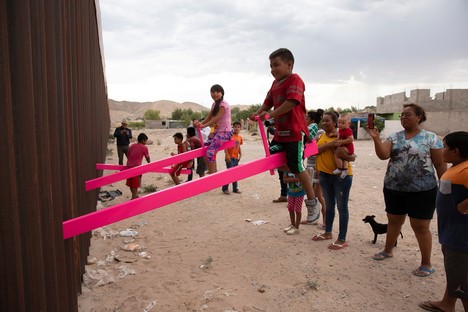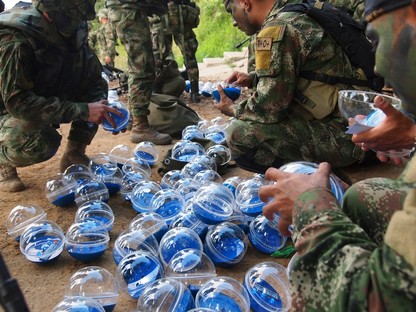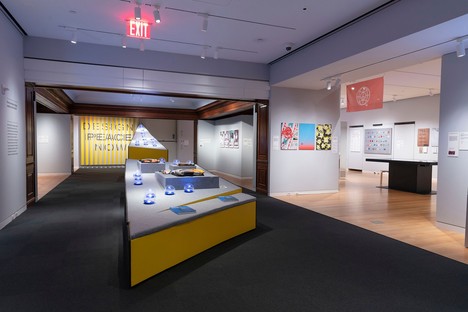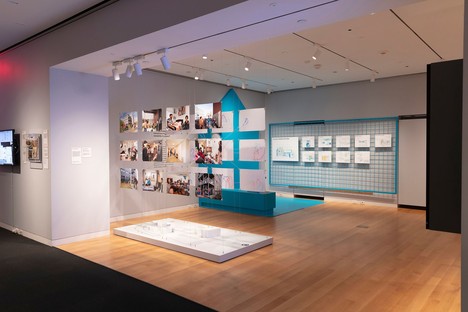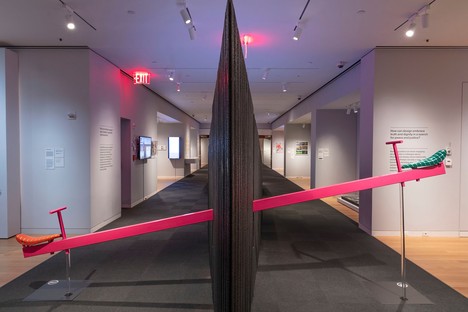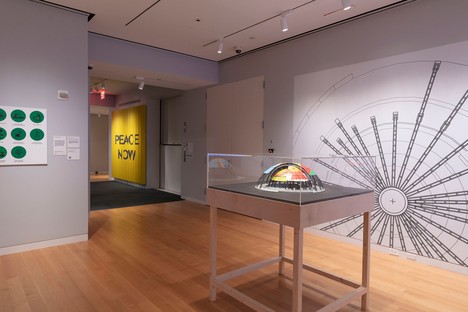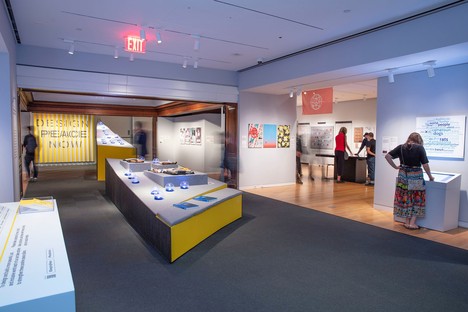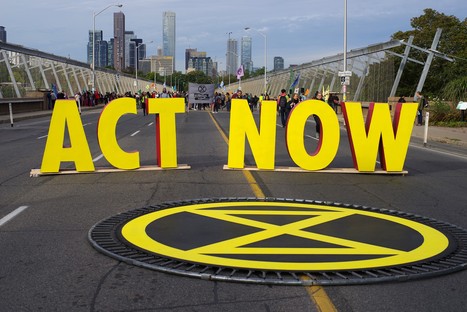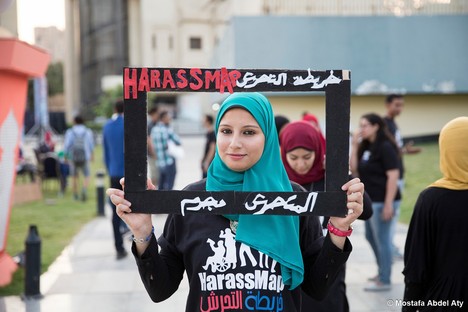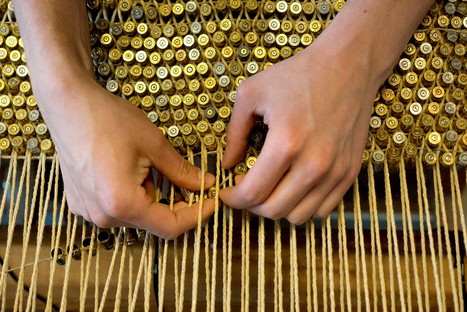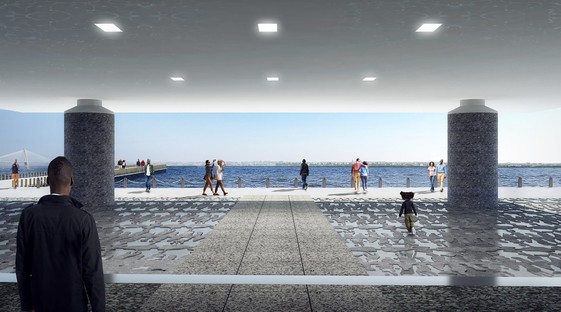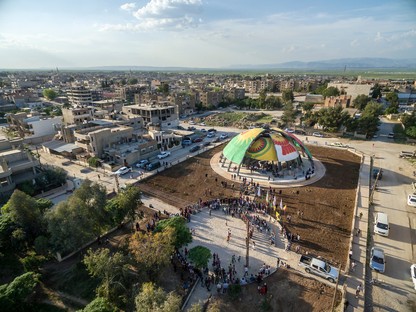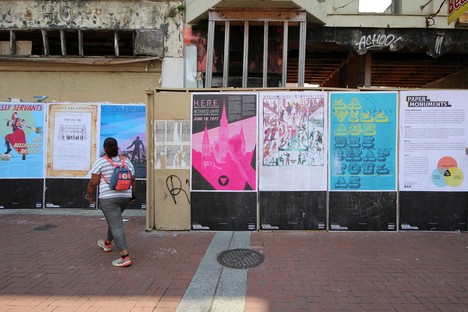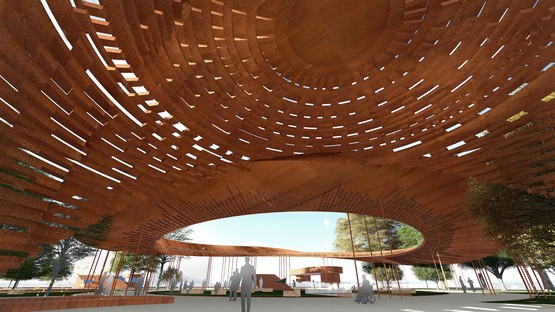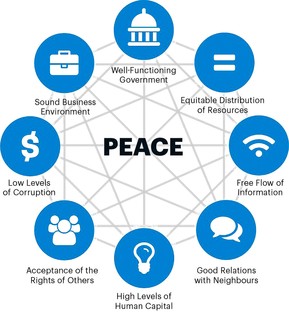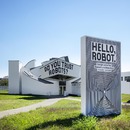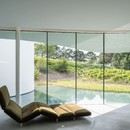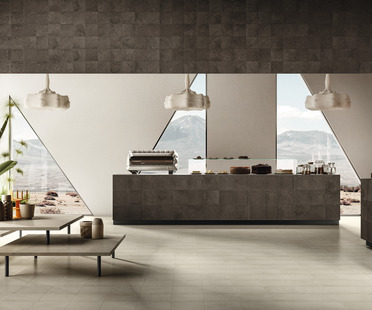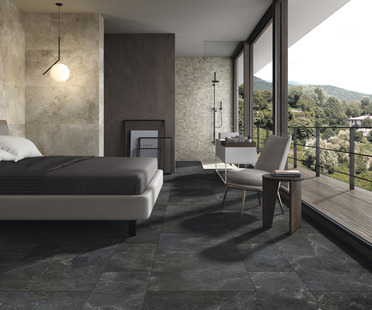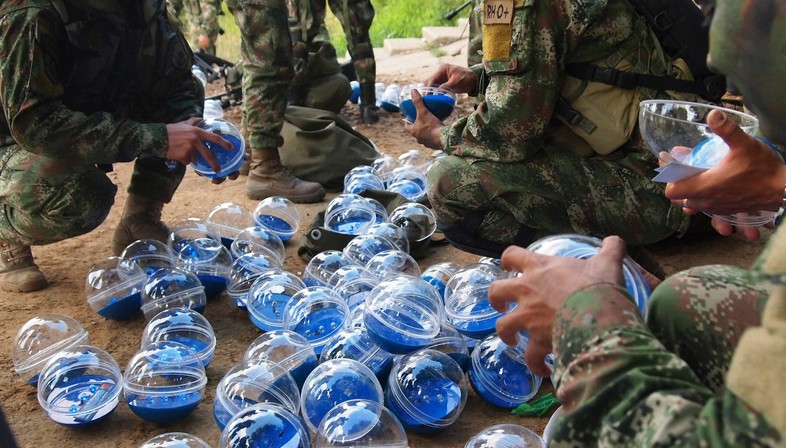
Five questions exploring the role that design, in the broadest sense of the word, can play in pursuing peace. Designing Peace is the name of an exhibition that opened in June at Cooper Hewitt, Smithsonian Design Museum in New York, open to the public until the fourth of September 2023. The name chosen by curator Cynthia E. Smith with Caroline O'Connell is self-explanatory, while the intention of the selection of projects on display is to focus as much attention as possible on what it might mean to "design peace".
Designing Peace maintains continuity with a series of exhibitions focusing on issues of humanitarian aid and international cooperation which Cooper Hewitt has been holding in recent years. Its goal is to make people more aware of the most pressing issues faced by the world and humanity today; as Cynthia E. Smith stated in a press conference: “As America’s design museum, Cooper Hewitt advances public understanding that design can be a force for good. Peace building and design are dynamic processes which involve engagement, understanding context, trust-building, communication and iteration. This exhibition will explore the role of design in building peace and resilience—and proposes that peace is not abstract and remote, but can be local, tangible and even possible”.
The exhibition encourages critical reflection on today’s global dynamics: social, environmental and economic inequality, as well as ongoing conflicts. Designing Peace looks at what could concretely be obtained if society took into account the United Nations’ 17 sustainable development goals, which demand peace, justice and strong institutions through elimination of hunger and poverty, improvement of health and education, construction of more resilient cities and infrastructure, promotion of innovation, action on climate change, and more. The exhibition showcases 40 proposed projects, initiatives and interventions in 25 countries, exhibiting objects, models, full-scale installations, maps, images and films.
The five questions posed in the exhibition are: "How can design support safe, healthy, respectful environments?", "How can design address the root causes of conflict?", "How can design engage creative confrontation?", "How can design embrace truth and dignity in a search for peace and justice?" and, lastly, "How can design help transitions from instability to peace?"
The answers remain open, and in some cases are concrete, such as the Regreening Africa app created to track the efforts of institutions and the population to combat deforestation, or HarassMap, created by four Egyptian women suffering from sexual harassment. In other cases they are purely artistic and aesthetic in nature, such as the Teeter-Totter Wall, three pink teeter-totters which Rael San Fratello installed on the border between Mexico and the United States. Then there are speculative works of concrete power, such as BLUE: The Architecture of UN Peace Missions, which conceives of United Nations camps not as shut-in, temporary fortresses, but as catalysts of local development supplying services and remaining in use even after the peace forces have left. A final project worthy of note, before we leave it up to our readers to discover all the works on exhibit, is Stone Garden by Lebanese architect Lina Ghotmeh: a mixed-use tower on 13 floors built in Beirut to give material form to the suffering and challenges the city has endured since the war.
Francesco Cibati
https://www.cooperhewitt.org
Exhibition design by Höweler + Yoon Architecture.
Exhibition graphics by Common Name.
Images courtesy of Cooper Hewitt. Smithsonian Design Museum
FEATURED PROJECTS
How Can Design Support Safe, Healthy, Respectful Environments?
• Body Mapping, Democratic Republic of the Congo
• Christmas Operations, Colombia
• Island Tracker, South China Sea
• Papers, Please, Global
• Social Emergency Response Centers, Canada, Serbia, United States (Arkansas, Connecticut, District of Columbia, Georgia, Illinois, Massachusetts, Mississippi, New Jersey, New Mexico, Oregon)
• Startblok Elzenhagen, Netherlands
• Teeter Totter Wall, US Mexico border
• The Adventures of Daly Graphic Novels, Tunisia
How Can Design Address the Root Causes of Conflict?
• Astropolitics: Depletion of Terrestrial Resources and the Cosmic Future of Capitalism, Moon and Earth
• CONIFA, more than 60 teams worldwide
• Hate Speech Lexicons, Cameroon, Democratic Republic of Congo, Ethiopia, Iraq, Kenya, Libya, Mombasa, Nigeria, South Africa, South Sudan, Sudan, Yemen
• New World Summit Rojava, Rojava (West Kurdistan)
• Peace Pavilion, India)
• Positive Peace Index, 163 index countries
• Rare Earthenware, China Inner Mongolia
• Regreening Africa, Ethiopia, Ghana, Kenya, Mali, Niger, Rwanda, Senegal, Somalia
• Stalled!, United States
• Universal Declaration of Human Rights Posters, United States
How Can Design Engage Creative Confrontation?
• Art the Arms Fair, United Kingdom
• Black Lives Matter Street Mural Census, United States
• Black Lives Matter Harlem Street Mural, United States (New York)
• Extinction Symbol, Global
• Maps (Bullet Rug Series) Series), Colombia, Guatemala, Lebanon, Mexi co, Spain, United States (countries where bullet casings have been collected)
• World Peace Symbol, Uruguay
How Can Design Embrace Truth and Dignity in a Search for Peace and Justice?
• Conflict Kitchen, United States (Pennsylvania)
• My Ancestors Garden, United States (South Carolina)
• Paper Monuments, United States (Louisiana)
• The Chronic, South Africa
• The Murder of Halit Yozgat, Germany
How Can Design Help Transitions from Instability to Peace?
• BLUE: The Architecture of UN Peace Missions, Mali, Liberia (field research)
• Casa Azul, Venezuelan migration routes in South America, Central America, and the Caribbean
• Designing for Dignity, Norway
• HarassMap, Canada, Egypt, Mexico, South Africa, Switzerland, Turkey
• Ideas Box, Australia, Bangladesh, Burundi, Colombia, Democratic Republic of Congo, Ethiopia, France, Germany, Ghana, Greece, Iraq, Italy, Jordan, Lebanon, Malaysia, Rwanda, Senegal, Tanzania, Turkey, United States
• Jordan River Peace Park, Jordan, Israel
• Korea Remade, Korean Demilitarized Zone (DM Z)
• Recoding Post War Syria, Syria
• RefAid, Albania, Austria, Belgium, Bosnia and Herzegovina, Bulgaria, Croatia, Czech Republic, Estonia, France, Germany, Greece, Haiti, Hungary, Ireland, Luxembourg, Malta, Montenegro, Morocco, Netherlands, North Macedonia, Romania, Serbia, Slovakia, Slovenia, Spain, Sweden, Switzerland, Turkey, United Kingdom, United States
• Safe Passage Bags Workshop, Greece
• Stone Garden, Lebanon










